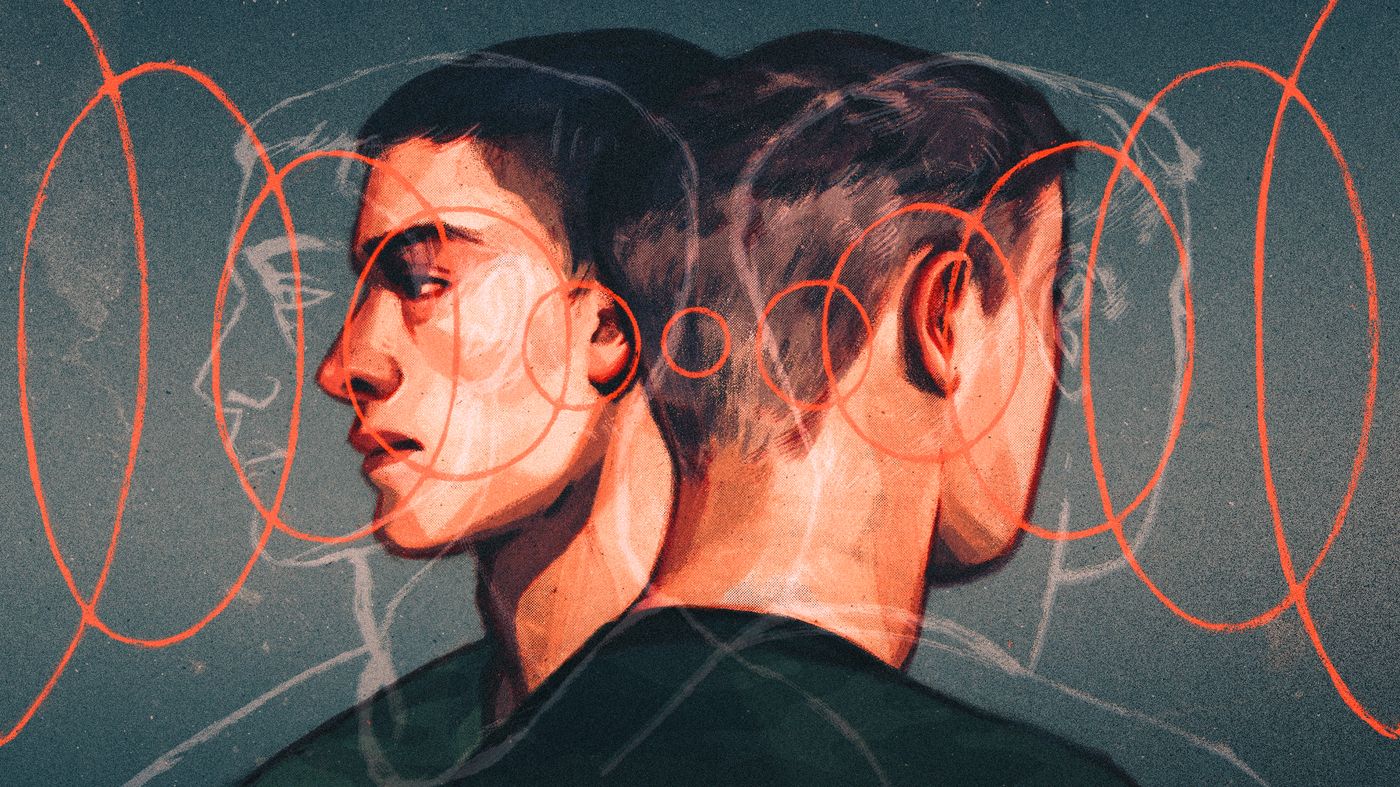The new MSN, Your customizable collection of the best in news, sports, entertainment, money, weather, travel, health, and lifestyle, combined with Outlook, Facebook, Twitter, Skype, and more.
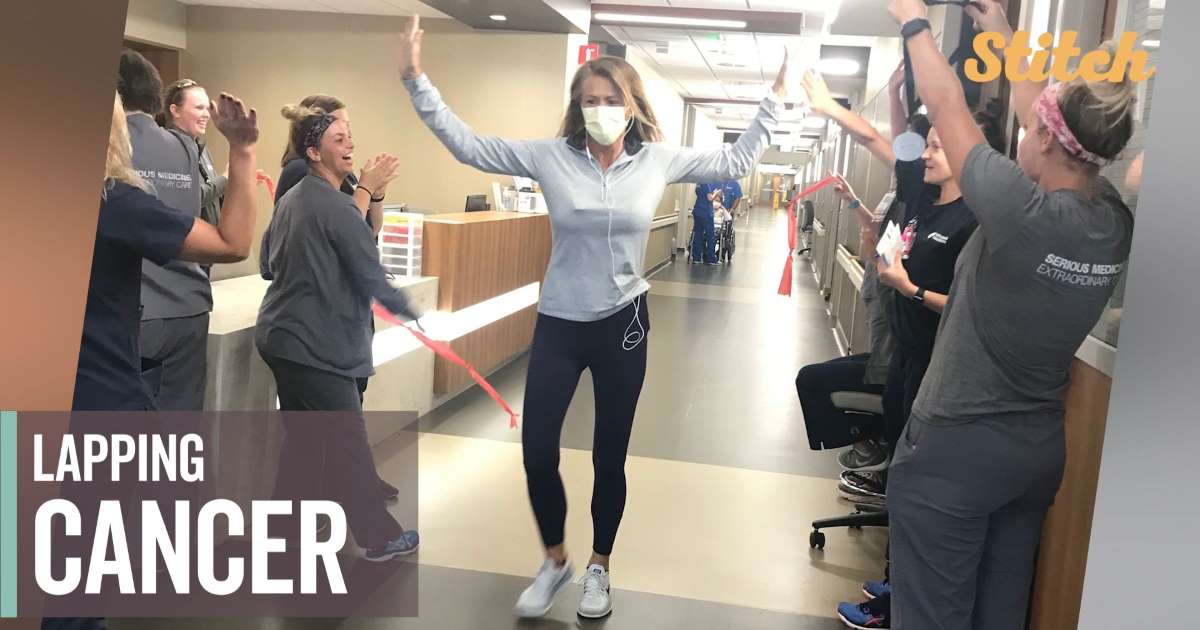

Autophagy is how our cells recycle their components. Most of the time it runs quietly in the background. But when cells are stressed (such as during fasting or in the presence of dysfunctional proteins) it is increased in order to protect us. Read on to learn about autophagy, its definition and how it works, autophagy regulation, and how to increase autophagy through things like fasting.
Discover the exact, genetic factors in your body that are affecting autophagy with SelfDecode, the most powerful genetic health analysis tool available.
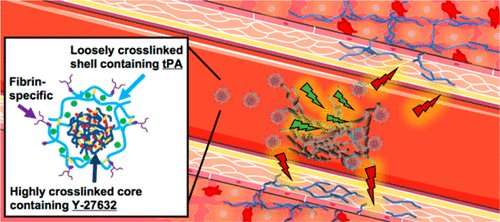
Researchers from North Carolina State University and the University of North Carolina at Chapel Hill have developed a drug-delivery system that allows rapid response to heart attacks without surgical intervention. In laboratory and animal testing, the system proved to be effective at dissolving clots, limiting long-term scarring to heart tissue and preserving more of the heart’s normal function.
“Our approach would allow health-care providers to begin treating heart attacks before a patient reaches a surgical suite, hopefully improving patient outcomes,” says Ashley Brown, corresponding author of a paper on the work and an assistant professor in the Joint Biomedical Engineering Program (BME) at NC State and UNC. “And because we are able to target the blockage, we are able to use powerful drugs that may pose threats to other parts of the body; the targeting reduces the risk of unintended harms.”
Heart attacks, or myocardial infarctions, occur when a thrombus – or clot – blocks a blood vessel in the heart. In order to treat heart attacks, doctors often perform surgery to introduce a catheter to the blood vessel, allowing them to physically break up or remove the thrombus. But not all patients have quick access to surgical care.
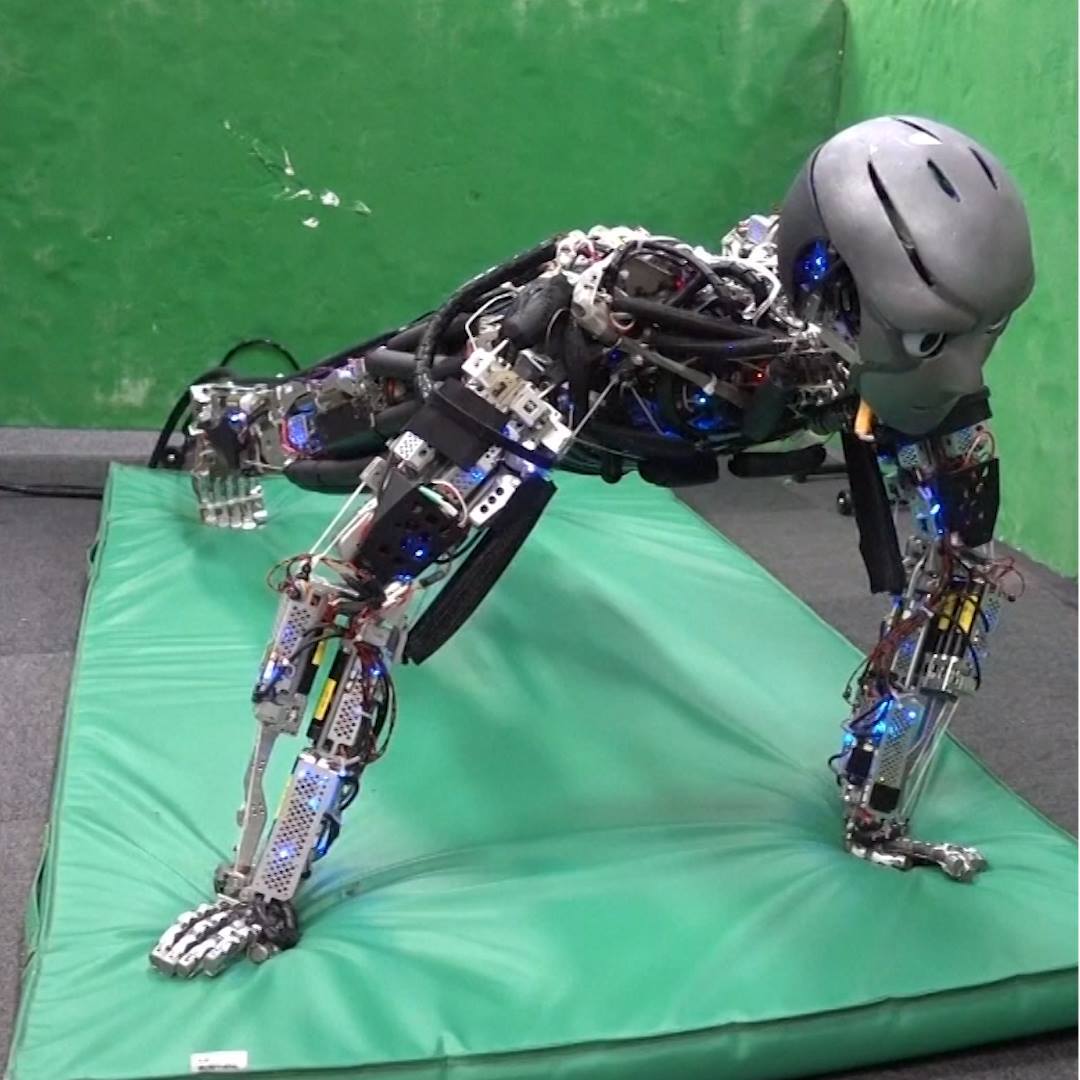
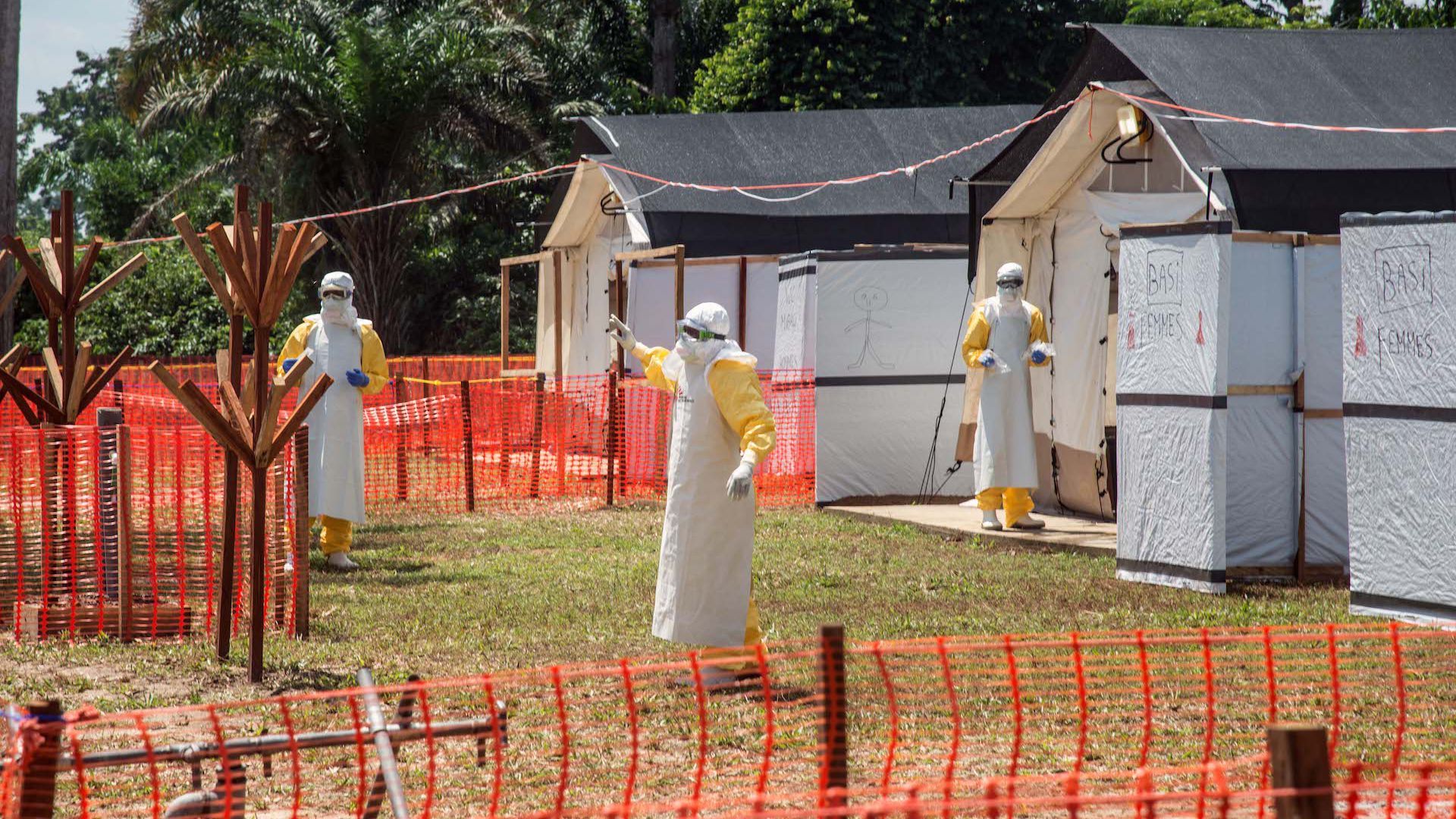
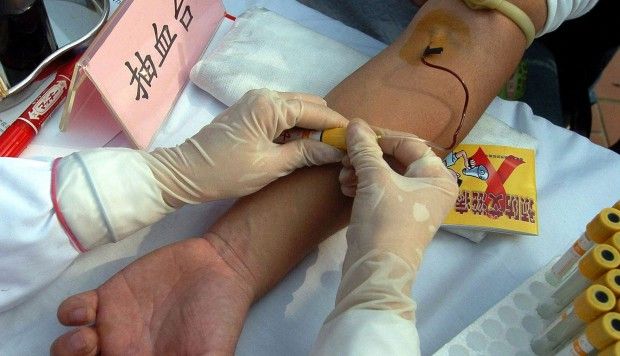
The WHO Special Programme for Research and Training in Tropical Diseases developed the guide to help boost public health by using crowdsourcing, where a group of experts and non-experts solve a problem and then share the solution with the public.
Researchers can get too close to their subject and a layman’s intuition can achieve medical breakthroughs, as World Health Organisation crowdsourcing initiatives continue to show.
This podcast is from my article called, The U.S. Economy is Built on a Foundation of Sand.
While many Economists, are saying that the U.S. economy looks great and has a forward momentum, I’m going to take a different tone. Not a pessimistic tone but a realistic view based upon facts and my futurist intuitive insight.
Here are all the links for this podcast
Tesla is going to cut about 9% of its global workforce
https://www.wsj.com/articles/tesla-cutting-about-9-of-global…1528827145
McDonald’s layoffs as it restructures and streamlines management
http://www.nrn.com/quick-service/mcdonald-s-layoffs-tied-res…operations
IBM layoffs at Watson Health
Harvesting plants in microgravity with resident farmer, astronaut Ricky Arnold, studying tiny organisms and their big role in astronaut health and uncovering how the crew catches 💤’s aboard the International Space Station. For all this and more, watch the latest episode of NASA’s Space to Ground:
